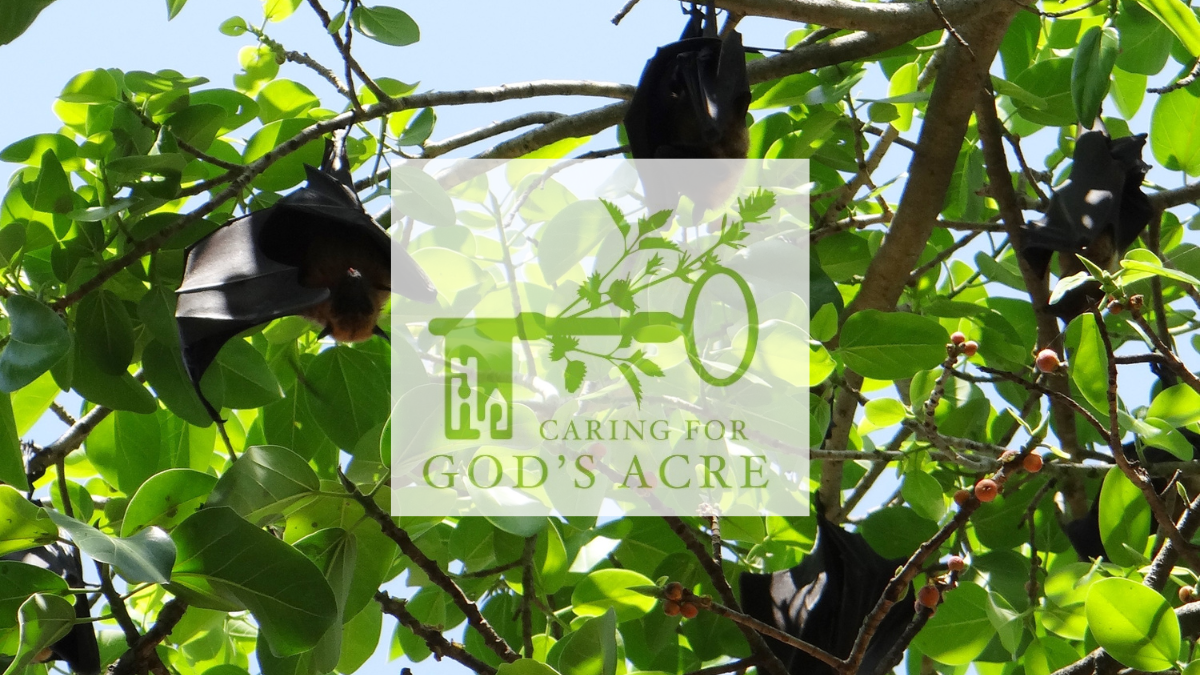
Let's hear it for Bats!
If you were looking for bats in your local churchyard, where would you expect them to be? They are not in the belfry for a start, it’s too noisy! Bats often use church buildings, and a bat roost may be nearly as old as the building with around 60% of pre-16th century churches containing bat roosts. There are seventeen species of bat native to the UK; eight of these use churches or chapels.
Bats, like most animals, have different needs throughout the year. They need nursery roosts for the young, winter roosts to hibernate and also temporary roosts to digest their food and to sleep in during the daytime. Bats roost in clean, draught free, quiet crevices where the temperature is constant. Within churches or chapels bats are found in the eaves, porch, under roof tiles, in old timber joints, behind ceilings, hangings and commemorative plaques. They also roost within chest tombs, in holes or cracks within a wall, behind ivy or in lychgates. As well as buildings, bats will use trees seeking out holes, crevices, flaking bark and gaps behind ivy. Old and veteran trees are full of possible bat roosting places, as well as being home to many other creatures.
Burial grounds tend to have a mixture of large trees, grassland, flowers, areas of long or tussocky grass, compost heaps, log piles and stonework. They are relatively free of chemicals and may have been there a long time. All of this leads to a good population of insects. Flying uses up a lot of energy so a site rich in insects is crucial for bats.
September is a great month to search for bats, as the nights are starting to draw in the bats will be flying earlier, so you don’t have to stay up too late to see and hear them. They have left their nursery roosts and both adults and young are flying, hunting to put on fat which will help them survive the winter. Watching them hunt can be great fun and with a bat detector you can also hear them echo-locate as they search for prey. Why not contact the Bat Conservation Trust and see if there is a local expert who could run a public event for you? Knowing which bats use your churchyard can help you manage for them and also avoid any damage to either bats or their habitats.
All the best,
Diocesan Churchyard Environmental Advisor
www.caringforgodsacre.org.uk - individuals and groups in the diocese receive 20% members discount on all CfGA materials. Use the discount code diomem22
